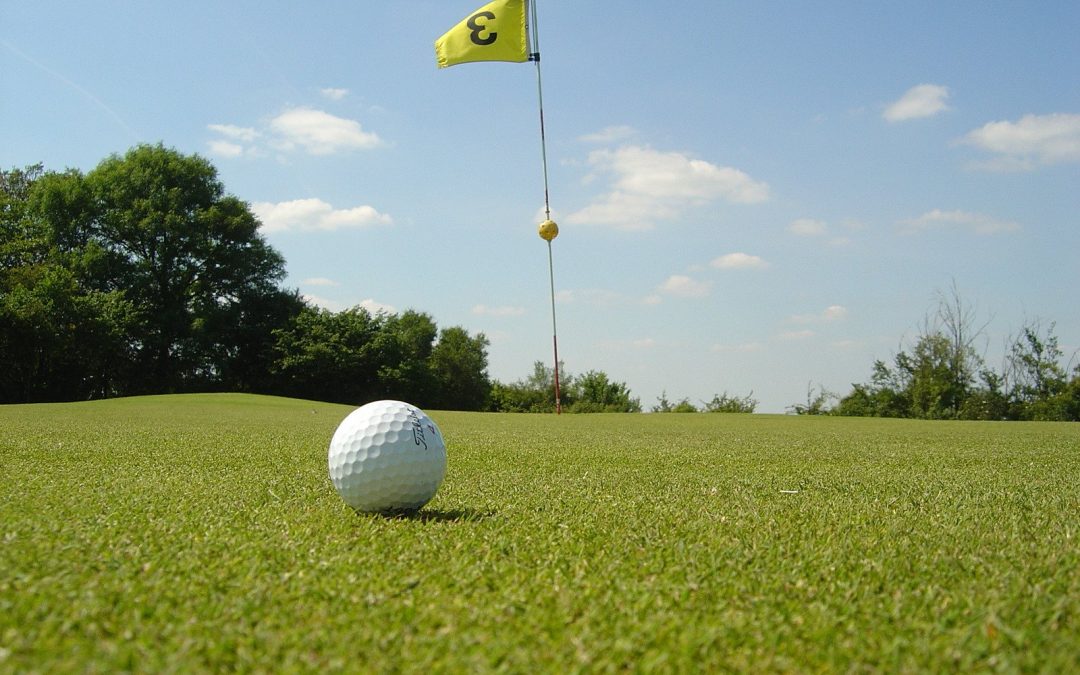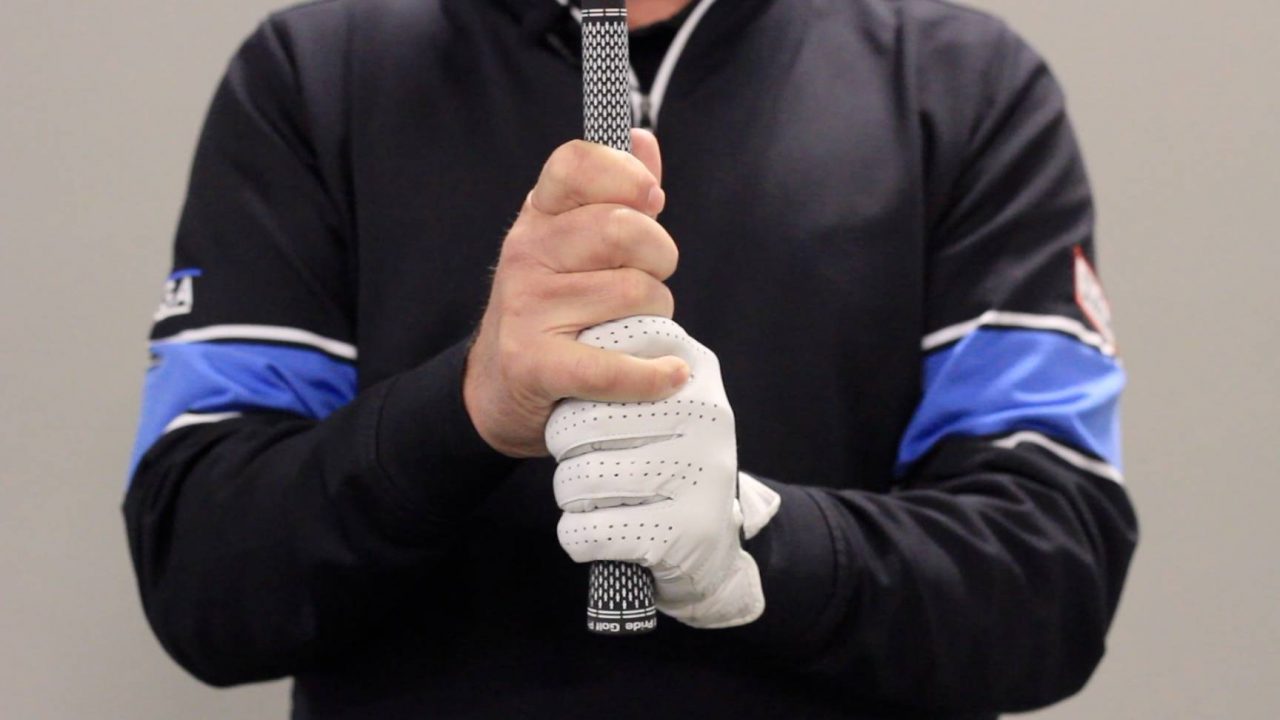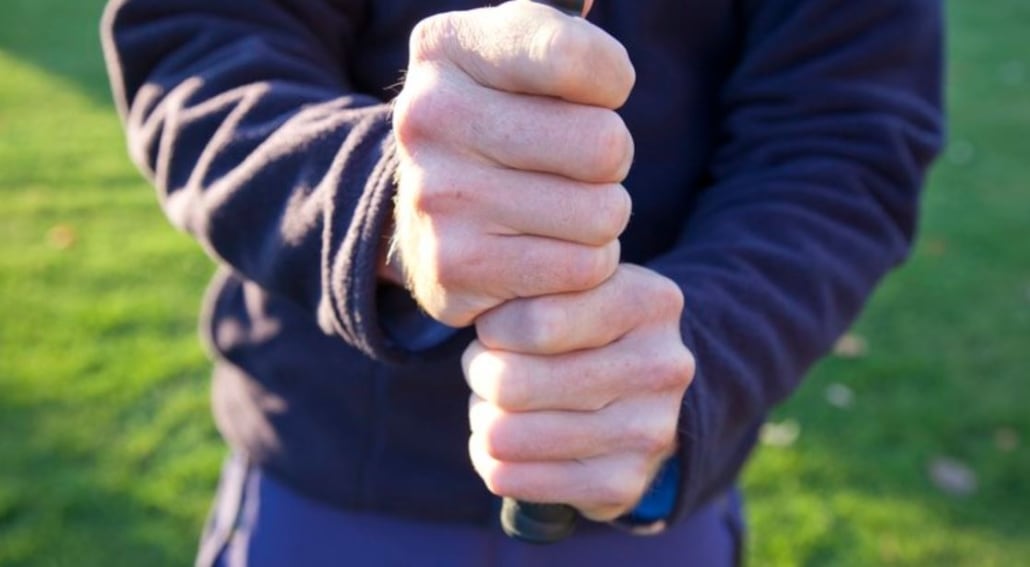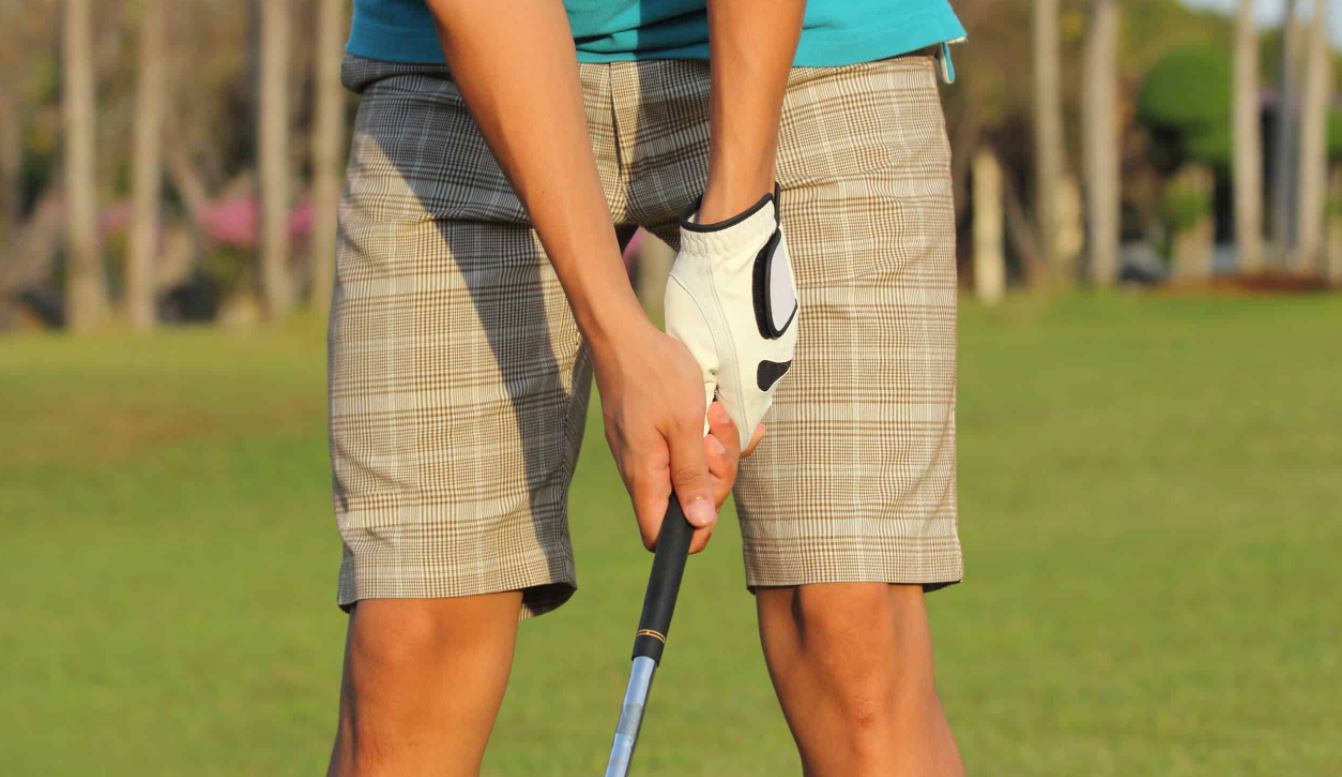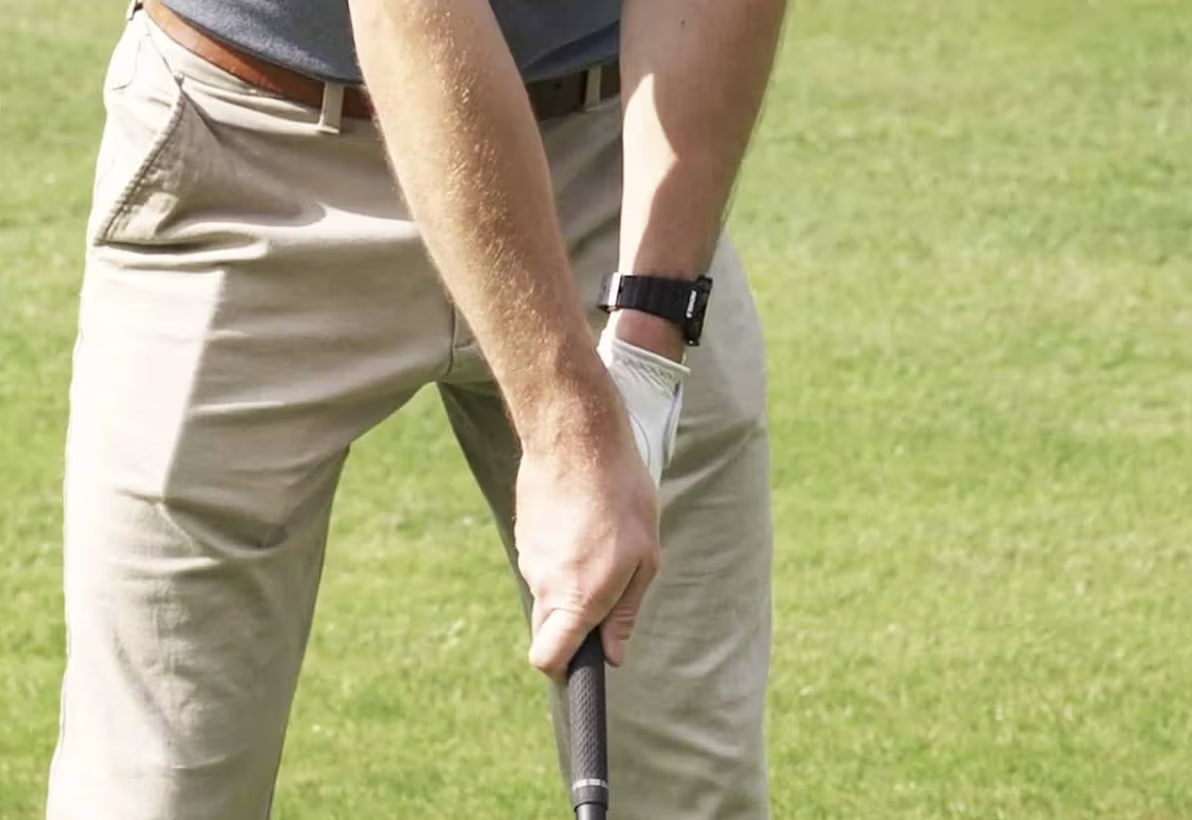Blog
5 Basic Types of Golf Grips for Beginners
When diving into the world of golf, understanding the essentials is critical. Among these essentials, the 5 Basic Types of Golf Grips for beginners are paramount to achieving success on the course. The right grip can drastically influence your swing, accuracy, and overall enjoyment of the game. In this article, we will explore these five different types of grips in detail, ensuring that you have a solid foundation as you embark on your golfing journey.
>>>Buy now: Golf American Flag White Nike 79th U.S. Womens Open Lancaster Quater Zip Sleeveless Polo Shirt
Understanding the Importance of Golf Grips
Before we delve into the various types of golf grips, it’s vital to comprehend why they play such a crucial role in your performance.
The grip acts as the only point of contact between the golfer and the club. A proper grip allows for improved control, stability, and power during your swing. Furthermore, each grip type can cater to various playing styles, hand sizes, and comfort preferences. Thus, learning about the 5 Basic Types of Golf Grips for beginners can empower you to make informed choices that align with your goals on the course.
>>>Read more: Top 4 Professional Golf Tournaments for Men
The Overlap Grip
The overlap grip, also known as the Vardon grip, is one of the most common grips among golfers, especially those who follow traditional methods.
Characteristics of the Overlap Grip
This grip involves placing the pinky finger of your trailing hand over the index finger of your leading hand. The leading hand should be positioned at the top of the grip, while the trailing hand wraps around it.
This grip creates a sense of unity between both hands, allowing for a more cohesive swing. The overlap grip is particularly beneficial for players with larger hands, as it tends to foster an easier connection and control over the club.
Advantages of the Overlap Grip
One of the primary advantages of the overlap grip lies in its ability to generate a unified motion throughout the swing. Many professional golfers prefer this grip because it allows for a consistent release of the clubhead through impact.
Moreover, by maintaining a relaxed grip pressure, golfers can achieve a fluid swing without excessive tension. This grip also encourages proper wrist hinge, which is essential for generating power and accuracy.
When to Use the Overlap Grip
If you’re a beginner looking for a reliable and time-tested grip, the overlap grip may be your best choice. Its widespread use among professionals highlights its effectiveness across varying skill levels. As you hone your skills and develop a personalized style, you may opt for different grips, but starting with this foundational technique can set you on the right path.
The Interlock Grip
The interlock grip is another popular choice among golfers, particularly those with smaller hands or a preference for a more secure hold on the club.
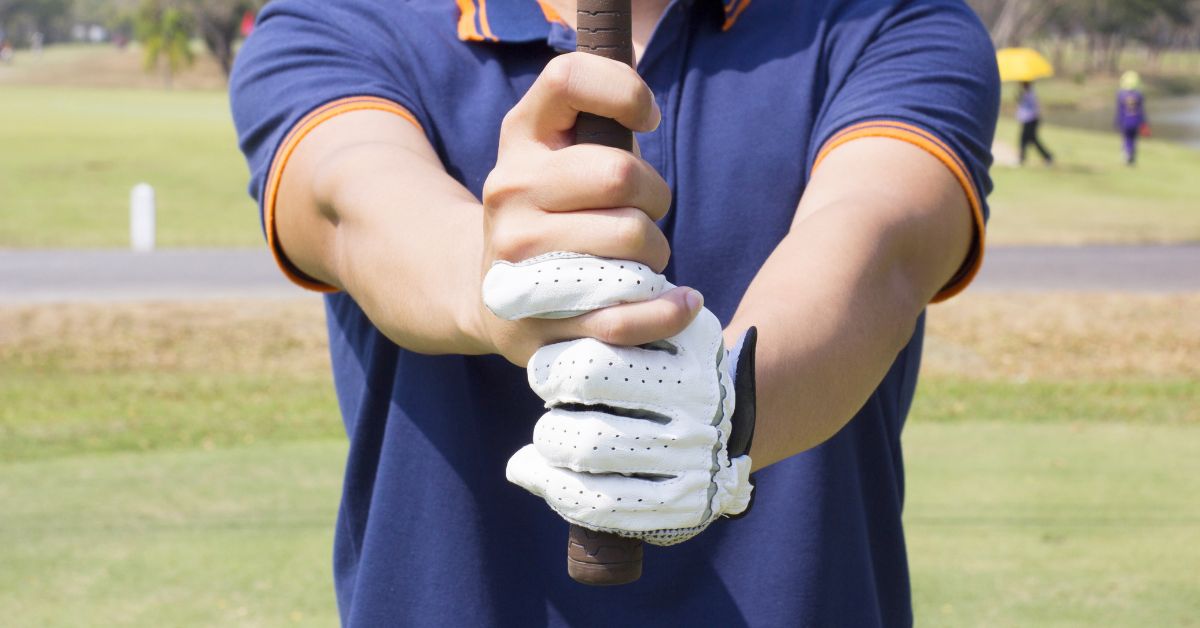
Features of the Interlock Grip
In the interlock grip, golfers interlace their pinky finger from the trailing hand with the index finger of the leading hand. This method effectively locks the two hands together, promoting better control and stability during the swing.
This grip can reduce the likelihood of the hands slipping apart during a swing, which is particularly advantageous when dealing with humidity or sweat.
Benefits of the Interlock Grip
The interlock grip fosters a heightened sense of connection between the hands, leading to improved coordination. This grip can help beginners feel more confident, particularly when developing a consistent swing plane.
Moreover, it offers a balance of power and touch. Players can exert force while maintaining sensitivity to the club’s movements, enabling them to navigate tricky shots effectively.
Best Practices for the Interlock Grip
If you possess smaller hands or seek additional security in your grip, consider adopting the interlock grip. Moreover, many golfers switch to this grip after experiencing difficulties with other methods, showcasing its adaptability and effectiveness.
As with any grip, it’s essential to practice and ensure that it feels comfortable and natural over repeated swings.
The Ten Finger Grip
The ten-finger grip, sometimes referred to as the baseball grip, is often favored by complete beginners and younger players.
Description of the Ten Finger Grip
This grip involves placing all ten fingers on the club without interlocking or overlapping. Each finger maintains contact with the grip, reminiscent of how one might hold a baseball bat.
While it may not be as popular among seasoned players, the ten-finger grip offers some unique advantages for beginners aiming to build confidence.
Pros of the Ten Finger Grip
The primary advantage of the ten-finger grip is its simplicity. As a beginner, this grip provides a straightforward approach to holding the club, allowing you to focus primarily on your swing mechanics rather than complex grip techniques.
Additionally, this grip encourages a relaxed hand position, reducing the risk of tension during your swing. With no overlapping or interlocking fingers, the ten-finger grip can provide a greater sense of freedom and flexibility, allowing for a more natural motion.
Transitioning from the Ten Finger Grip
As you progress in your golfing journey and develop your skills, you may find yourself gravitating toward alternative grips that offer additional benefits. However, starting with the ten-finger grip can serve as a valuable foundation, helping you establish a solid swing before transitioning to more advanced techniques.
The Strong Grip
A strong grip refers to a positioning where the hands are rotated away from the target. This grip can dramatically influence shot shape and trajectory.
Defining the Strong Grip
To adopt a strong grip, golfers rotate their hands clockwise (for right-handed players) on the club. This positioning allows for a closed clubface at impact, which can result in draws or hooks, depending on the swing path.
For beginners, utilizing a strong grip can help minimize slices, a common issue faced on the course.
Benefits of a Strong Grip
The primary benefit of employing a strong grip is enhanced control over ball flight. By closing the clubface, beginners can counteract unwanted fades or slices, promoting straighter shots.
Moreover, a strong grip encourages a more pronounced wrist hinge, which can enhance power and distance. Beginners may find that this grip boosts their confidence, allowing them to strike the ball with authority.
Cautions with the Strong Grip
While a strong grip can mitigate certain swing flaws, it’s essential to recognize that it may lead to other challenges, such as excessive hooking. As a beginner, experimenting with grip strength can be beneficial, but be mindful of its potential effects on your shot shape.
Consulting with a golf instructor can also aid in determining whether a strong grip aligns with your gameplay style and goals.
The Weak Grip
In contrast to the strong grip, a weak grip involves rotating the hands towards the target. This grip creates an open clubface at impact, resulting in fades or slices.
Characteristics of the Weak Grip
For right-handed players, a weak grip positions the hands counterclockwise on the club. This grip can induce a more controlled shot shape, allowing players to manipulate ball flight with precision.
Although less common among beginners, the weak grip has its place in a golfer’s toolkit.
Advantages of a Weak Grip
A notable advantage of the weak grip is its ability to promote a natural fade. For golfers who intentionally want to shape their shots, this grip facilitates a draw and an appealing ball flight.
Additionally, a weak grip can encourage a more open clubface at impact, which can lead to improved spin control and trajectory management.
Navigating the Weak Grip
While the weak grip may not be the first choice for beginners, understanding its mechanics is crucial for developing versatility in your game. Experimenting with this grip can broaden your shot-making capabilities, providing you with a broader toolbox for tackling various situations on the course.
FAQs
What is the best grip for beginners?
The best grip for beginners largely depends on individual comfort and hand size. The overlap grip and interlock grip are commonly recommended due to their proven effectiveness and ease of use.
Can I change my grip as a golfer improves?
Absolutely! Many golfers evolve their grips as they gain experience and refine their swing styles. It’s essential to stay adaptable and willing to experiment with different grips that suit your evolving needs.
How do I know if I have the correct grip?
A correct grip should feel comfortable and natural. You should maintain control of the club without excessive tension. If you experience discomfort or difficulty controlling your shots, it may be time to reassess your grip.
Can the grip affect my shot accuracy?
Yes, the grip significantly influences shot accuracy. A proper grip ensures better control over the clubface, which directly affects your shot direction and consistency.
Is it necessary to take lessons to learn about grips?
While lessons can be incredibly beneficial, many resources, including videos and articles, can guide you through the fundamentals of grips. Practice and self-discovery can also play significant roles in finding what works best for you.
Conclusion
Understanding the 5 Basic Types of Golf Grips for beginners opens up a wealth of possibilities for aspiring golfers. From the traditional overlap grip to the more unconventional weak grip, each technique carries its own set of advantages and considerations.
Selecting the right grip can enhance your performance, instill confidence, and ultimately contribute to a more enjoyable golfing experience. As you continue to practice and play, remain open to exploring different grips and adapt as your skill level evolves.
Embarking on your golfing journey equipped with knowledge about grips can lead to significant improvements on the course. So, grab your clubs, experiment with the various grips, and discover which one sets you on the path to success!
